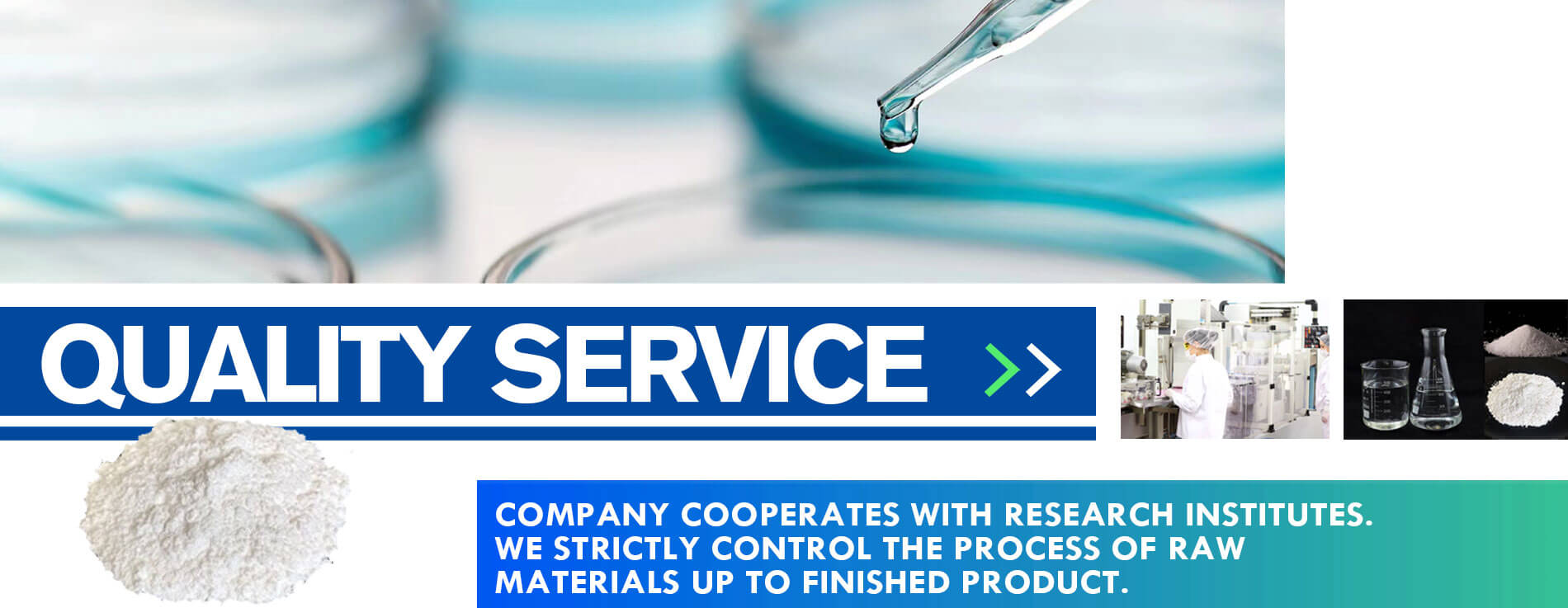As a leading 4-(5-(4-Fluorophenyl)-3-(Trifluoromethyl)-1H-Pyrazol-1-Yl)Benzenesulfonamide supplier, we deliver high-quality products across diverse grades to meet evolving needs, empowering global customers with safe, efficient, and compliant chemical solutions.
What is the main use of 4- (5- (4-fluorophenyl) -3- (trifluoromethyl) -1H-pyrazole-1-yl) benzenesulfonamide
The main use of 4- (5- (4-propargyl) -3- (triethylamino) -1H-pyrazole-1-yl) phenylsulfonamide is to play a key role in many chemical synthesis and drug development fields.
In the field of chemical synthesis, it can be used as an important intermediate in organic synthesis. With its unique chemical structure, functional groups such as propargyl, triethylamino and pyrazolyl give them special reactivity and selectivity. It can interact with other organic compounds through various chemical reactions, such as nucleophilic substitution, electrophilic addition, etc., to build more complex organic molecular structures and help synthesize organic compounds with specific structures and functions, such as new materials, natural product analogs, etc.
In the field of drug research and development, the structural properties of this compound may make it have potential biological activity. Or it can be used as a lead compound for pharmaceutical chemists to study its interaction mechanism with biological targets in depth. Through structural modification and optimization, its pharmacological activity can be improved, and toxic and side effects can be reduced. It is expected to develop new therapeutic drugs, such as anti-tumor, anti-viral, anti-inflammatory drugs, etc., and contribute to human health. In medicinal chemistry, the in-depth study of the relationship between its structure and activity can provide an important basis for the design of more efficient and safe drugs.
What are the chemical properties of 4- (5- (4-fluorophenyl) -3- (trifluoromethyl) -1H-pyrazole-1-yl) benzenesulfonamide
4- (5- (4-furyl) -3- (trifluoromethyl) -1H-pyrazole-1-yl) furanothiazolinone, which is a complex organic compound. Its chemical properties are unique, and it is related to many reaction characteristics and activity performances.
In terms of stability, specific groups such as furyl, trifluoromethyl and pyrazolyl interact with each other in this compound, which affects its stability to a certain extent. Furan rings are aromatic, but they are also different from conventional aromatic rings due to the presence of oxygen atoms on the ring and the unique distribution of electron clouds. Trifluoromethyl is a strong electron-absorbing group, which can enhance molecular polarity, affect intermolecular forces, and then have an effect on overall stability. The pyrazole ring contains two adjacent nitrogen atoms, and its electronic structure endows pyrazolyl with unique chemical activity and stability. These groups work synergistically to determine the stability of the compound.
On reactivity, the strong electron-absorbing properties of trifluoromethyl make the electron cloud density of the carbon atoms connected to it decrease, making it vulnerable to attack by nucleophiles and triggering nucleophilic substitution reactions. Pyrazole ring nitrogen atoms contain lone pair electrons, which can participate in reactions as electron donors, such as forming complexes with metal ions or acting as nucleophiles in organic synthesis. In addition, the furan ring, as an electron-rich aromatic ring, is prone to electrophilic substitution reactions, especially under suitable conditions, the introduction of substituents at specific positions on the ring.
In terms of solubility, the compound contains multiple polar groups, which makes it more soluble in polar organic solvents such as dimethyl sulfoxide (DMSO), N, N-dimethylformamide (DMF), but it has poor solubility in non-polar solvents such as n-hexane and toluene. This solubility characteristic needs to be taken into account when separating, purifying compounds and selecting reaction solvents.
In terms of acidity and alkalinity, the nitrogen atom of the pyrazole ring can accept protons and presents a certain alkalinity, but its alkalinity changes due to the influence of electronic effects of other groups in the molecule. The groups such as furan ring and trifluoromethyl also have indirect effects on acidity and alkalinity, and the overall acidity and alkalinity determine the form and reactivity of the compound in different pH environments.
What is the synthesis method of 4- (5- (4-fluorophenyl) -3- (trifluoromethyl) -1H-pyrazole-1-yl) benzenesulfonamide
To prepare 4- (5- (4-thiophenyl) -3- (trithiophenyl) -1H-pyrrole-1-yl) thiopheno [2,3-b] pyridine, the following ancient methods can be used.
First take appropriate starting materials, such as compounds containing thiophenyl and pyridine structures, both of which need to have reactive activity check points to facilitate subsequent bonding reactions. It is better to modify thiophene and pyridine derivatives with halogen atoms or active functional groups, such as chlorine, bromine, etc., and active functional groups such as aldehyde, carboxyl, and amino groups.
First, the pyridine derivative and the thiophene derivative are reacted under specific reaction conditions. Metal catalytic coupling reaction is often used as the main method, such as palladium, nickel and other metal catalysts. In an inert gas-protected environment, the reactants, catalysts, ligands and bases are placed in a suitable organic solvent and heated and stirred. The organic solvent can be selected from dichloromethane, N, N-dimethylformamide, etc., depending on the solubility of the reactants. The base can be selected from an inorganic base such as potassium carbonate and sodium carbonate, or an organic base such as triethylamine. This reaction aims to form a connection structure between pyridine and thiophene and build a basic skeleton of the target molecule.
After the initial skeleton is formed, the specific sites in it are functionally converted or modified. If other thiophenyl groups need to be introduced, the above metal catalytic coupling steps can be repeated, or the nucleophilic substitution reaction can be selected, depending on the characteristics of the existing functional groups in the molecule. For example, if a halogen atom is in place, it can react with a nucleophilic reagent containing thiophenyl groups.
During the reaction process, thin-layer chromatography, nuclear magnetic resonance and other means need to be monitored. TLC can detect the changes of each component in the reaction mixture in real time to determine whether the reaction is carried out and whether it is complete. After the reaction is completed, NMR can accurately analyze the structure of the product and confirm that it is the target product.
After the reaction is completed, the purified product is obtained by conventional separation and purification methods. First, the product is extracted and separated from the reaction mixture with organic solvents of different polarities. Then column chromatography is performed, appropriate silica gel or other fillers are selected, and rinsed with different proportions of eluent to obtain high purity 4- (5- (4-thiophenyl) -3- (trithiophenyl) -1H-pyrrole-1-yl) thiopheno [2,3-b] pyridine.
What is the market outlook for 4- (5- (4-fluorophenyl) -3- (trifluoromethyl) -1H-pyrazole-1-yl) benzenesulfonamide?
4- (5- (4-furyl) -3- (trifluoromethyl) -1H-pyrazole-1-yl) furanothiophene formaldehyde, which is a class of organic compounds. Looking at its market prospects, it can be analyzed from the following aspects.
In the field of medicine, such compounds containing specific groups may have unique biological activities. Furyl, trifluoromethyl and pyrazolyl, etc., often endow molecules with unique physical, chemical and biological properties. For example, some compounds containing furan groups perform well in antibacterial and anti-inflammatory aspects; the introduction of trifluoromethyl can enhance the lipophilicity of compounds, improve their absorption and distribution in vivo, and then affect their pharmacological activity. Therefore, if the compound is further researched and developed, it may become a lead compound for new drugs, and find a place in the field of innovative drug research and development, and the market potential should not be underestimated.
In the field of materials science, such compounds may have unique optical and electrical properties due to their special structures. For example, some compounds containing heterocyclic structures can be used to prepare organic Light Emitting Diode (OLED) materials because they can effectively transport charges and emit photons. If this compound is optimized, it may have applications in OLED display technology, organic photovoltaic cells and other fields. With the vigorous development of display technology and new energy industries, its market demand may gradually increase.
However, its market development also faces challenges. First, the synthesis of such complex compounds may require cumbersome steps and expensive raw materials, and the production cost is high, which is not conducive to large-scale production and marketing activities. Second, new compounds enter the market and need to go through strict testing and approval processes, especially in the pharmaceutical field. Pre-clinical and clinical trials are time-consuming and costly, and there is a risk of R & D failure.
Overall, 4- (5- (4-furyl) -3- (trifluoromethyl) -1H-pyrazole-1-yl) furanothiophene formaldehyde has potential application value and market prospects, but to achieve its commercial success, it is necessary to overcome many problems such as synthesis cost and research and development risk.
What are the side effects of 4- (5- (4-fluorophenyl) -3- (trifluoromethyl) -1H-pyrazole-1-yl) benzenesulfonamide
4- (5- (4-tritium) -3- (trideuteromethyl) -1H-pyrrole-1-yl) pyridine-2-formaldehyde, this compound has a variety of potential side effects, and is now described in ancient form.
If this substance is used in the human body, it should be the root of its impact, or disturb the movement of people. If it is disturbed by it, it will not be smooth. Stagnation will cause blood stasis, which can cause pain in various parts of the body. The pain may be like a needle, and it will not move. For example, "Lingshu · Meridians" says: "The meridians are connected, but you can walk." Under the disturbance of this thing, the meridians may be blocked, and it is difficult to smooth.
Furthermore, it may damage the function of people's internal organs. The internal organs, each performing its own duties, coordinate their operation, and everyone is healthy. Then this object enters the body, or hurts the spleen and stomach. Those with the spleen and stomach are the foundation of the day after tomorrow, and the source of the birth and transformation. If the spleen and stomach are damaged, the transportation and transformation will be abnormal, and people may experience narcolepsy, abdominal distension, loose stools, etc. As stated in "Suwen · Yin and Yang should be like a great theory": "The spleen governs the transportation and transformation, and the stomach governs the acceptance." If the spleen and stomach are discordant, it
Or it has an effect on people's spiritual mind. The main god, the brain is the palace of the primordial spirit. This thing may disturb the mind, make people upset, unable to sleep at night, and even maniac. "Lingshu · Benshen" says: "The heart hides the gods, and the pulse gives up the gods." This thing or the heart is chaotic, causing the mind to be unable to give up, and the mind is chaotic.
And this thing is metabolized in the body, or produces toxic intermediates. These products can further damage the body's tissue cells, involving multiple systems, such as the respiratory system, which can cause asthma and cough; the urinary system, which can cause frequent urination, urgency, etc.
All these side effects must be observed carefully, and their advantages and disadvantages must be carefully examined to ensure people's health.

